
Bald Eagle
Haliaeetus leucocephalus

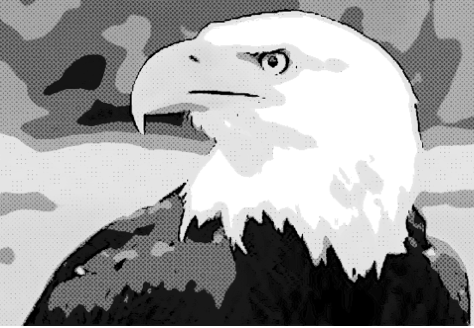
8 POINTS
Play: Haliaeetus leucocephalus has a FLIGHT of 2 and needs to be adjacent to at least one FOREST and one WATER BASE terrain.

Eastern Tube-Nosed Bat
Nyctimene robinsoni

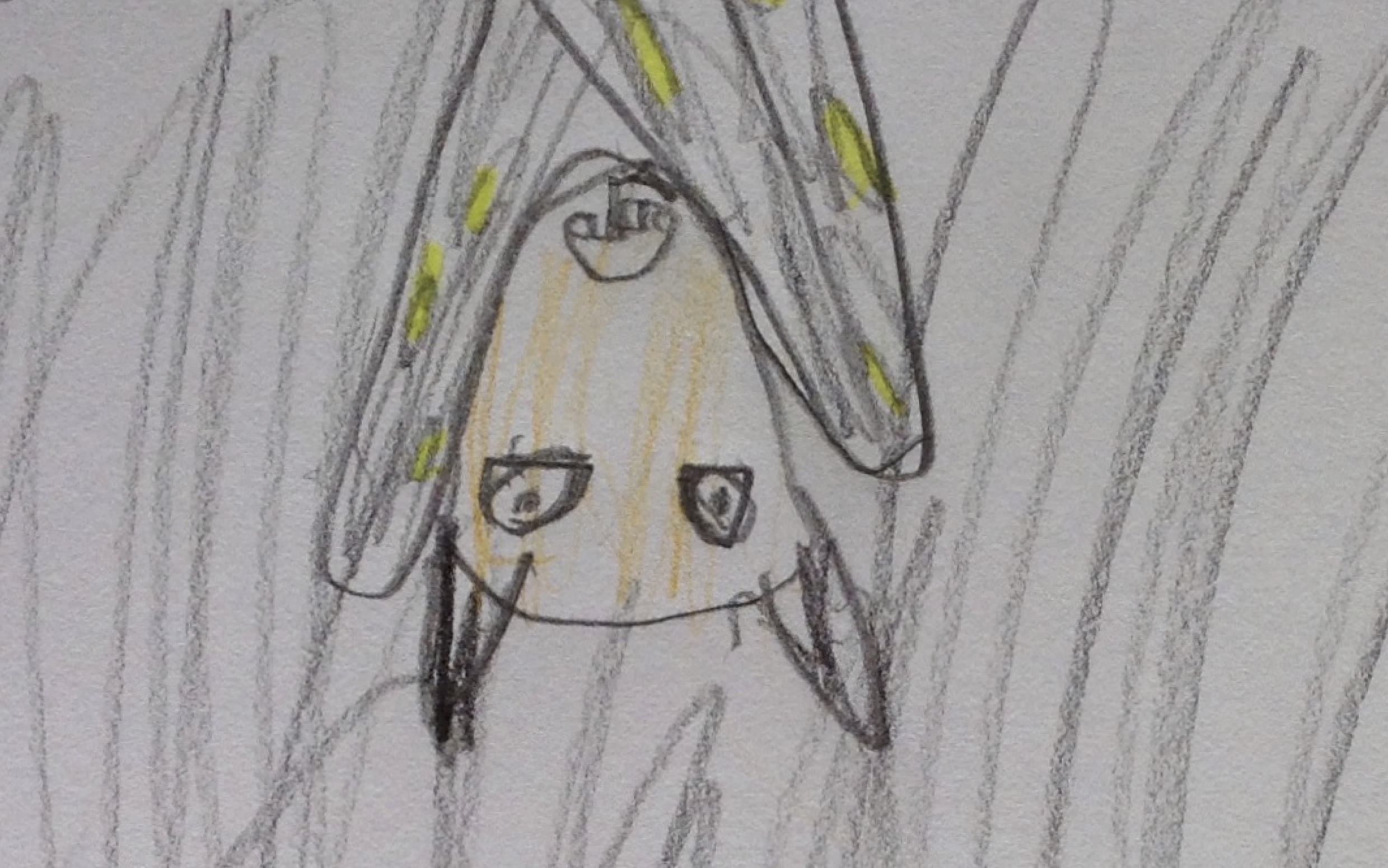
4 POINTS
MOVE: 2
These large fruit bats rely on their keen sense of sight and smell to find their food.

Dingo
Canis lupus dingo

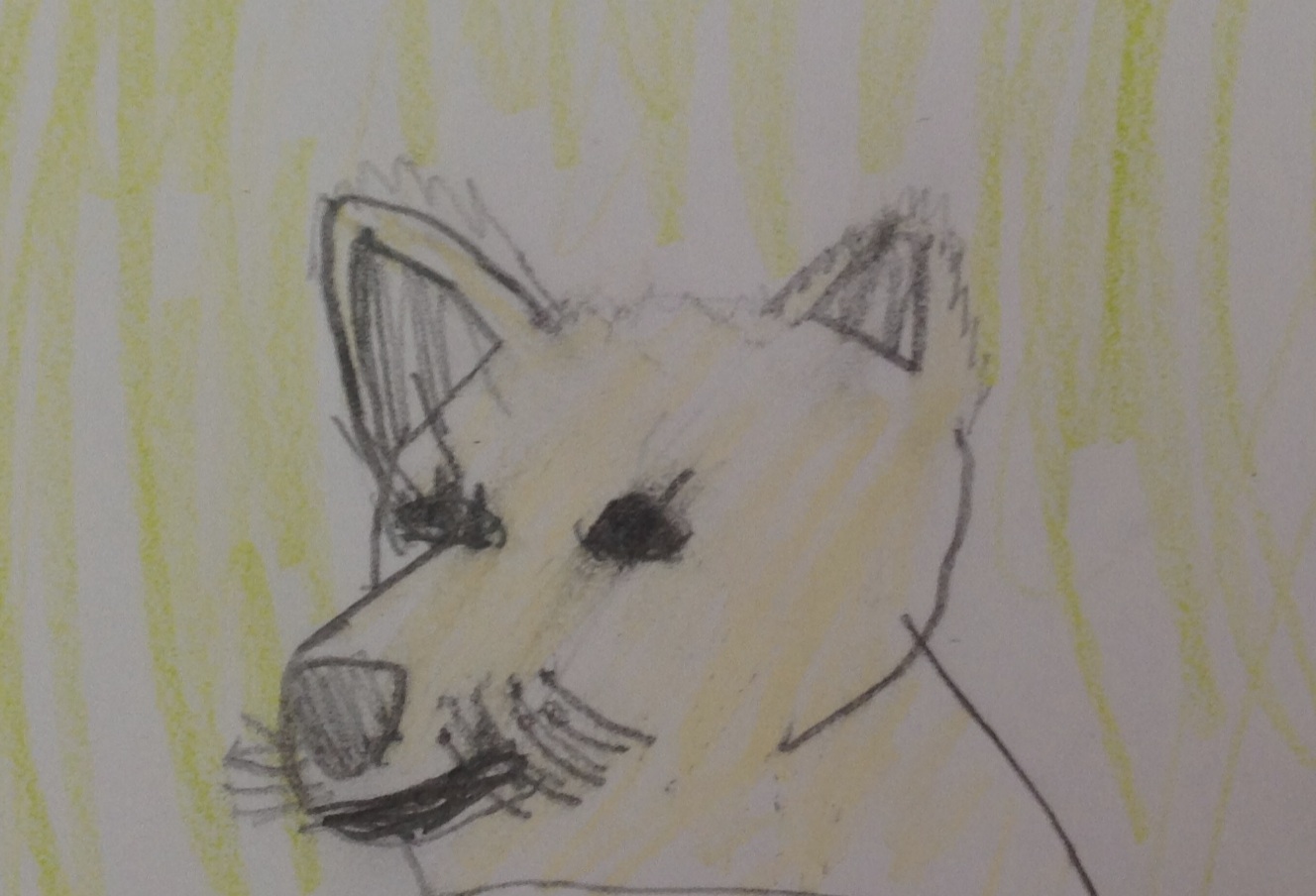
5 POINTS
MOVE: 3
The largest terrestrial predator in Australia. Its diet consists of over 170 species–from insect to buffalo.

Swamp Wallaby
Wallabia bicolor


4 POINTS
MOVE: 2
They can eat many plants that are poisonous to other animals. They prefer shrubs to grasses.

Weaver Ant
Oecophylla smaragdina

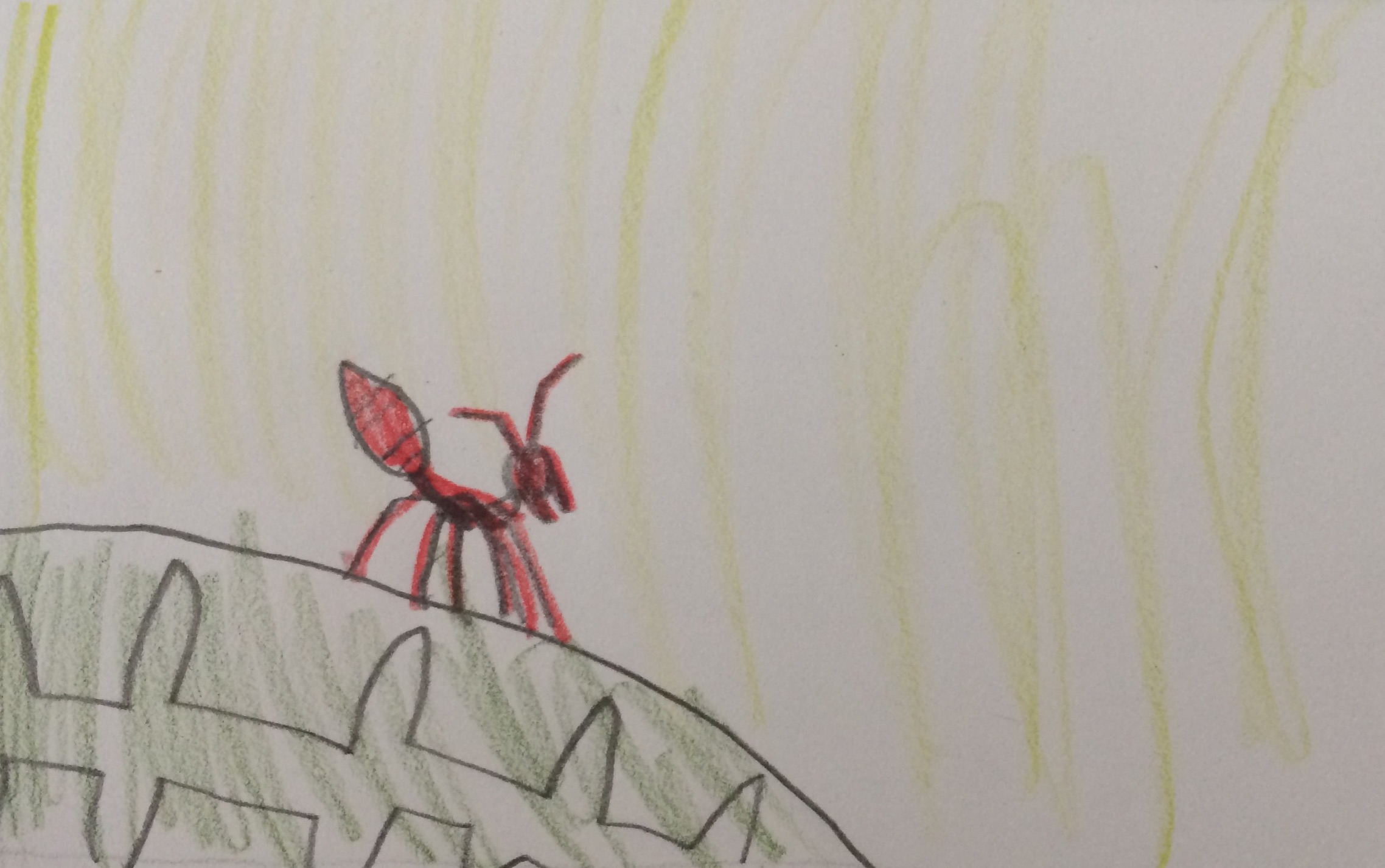
5 POINTS
MOVE: 2
Build their nests in Cheese-Fruit trees and kill other insects that might threaten both their nest and the tree (symbiotic).

Yellow-Footed Antechinus
Antechinus flavipes

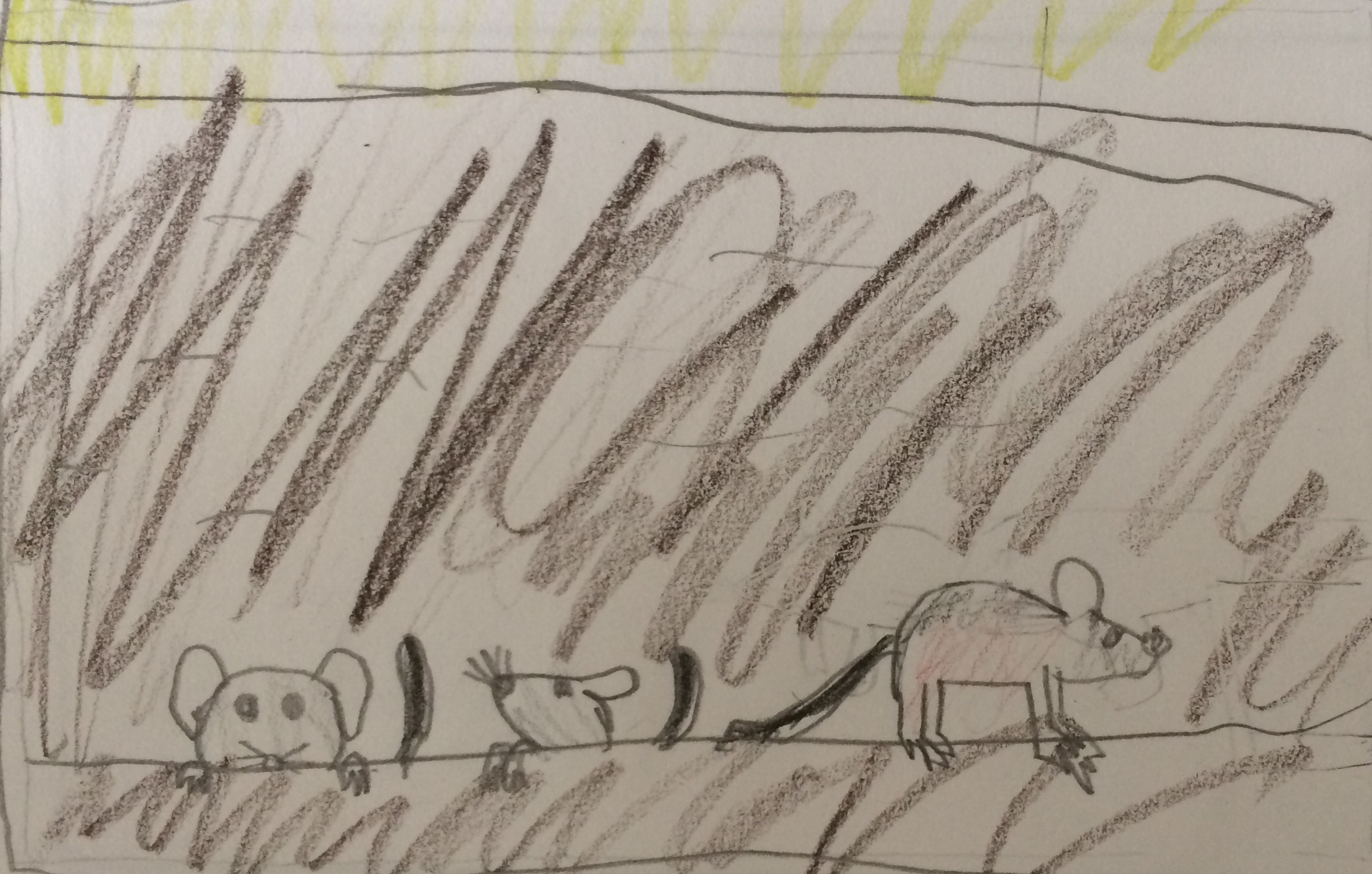
6 POINTS
MOVE: 3
Mainly eat insects baby mice and birds, but will steal from kitchens and sometimes nest in TVs and lounge chairs.

Striped Possum
Dactylopsila trivirgata

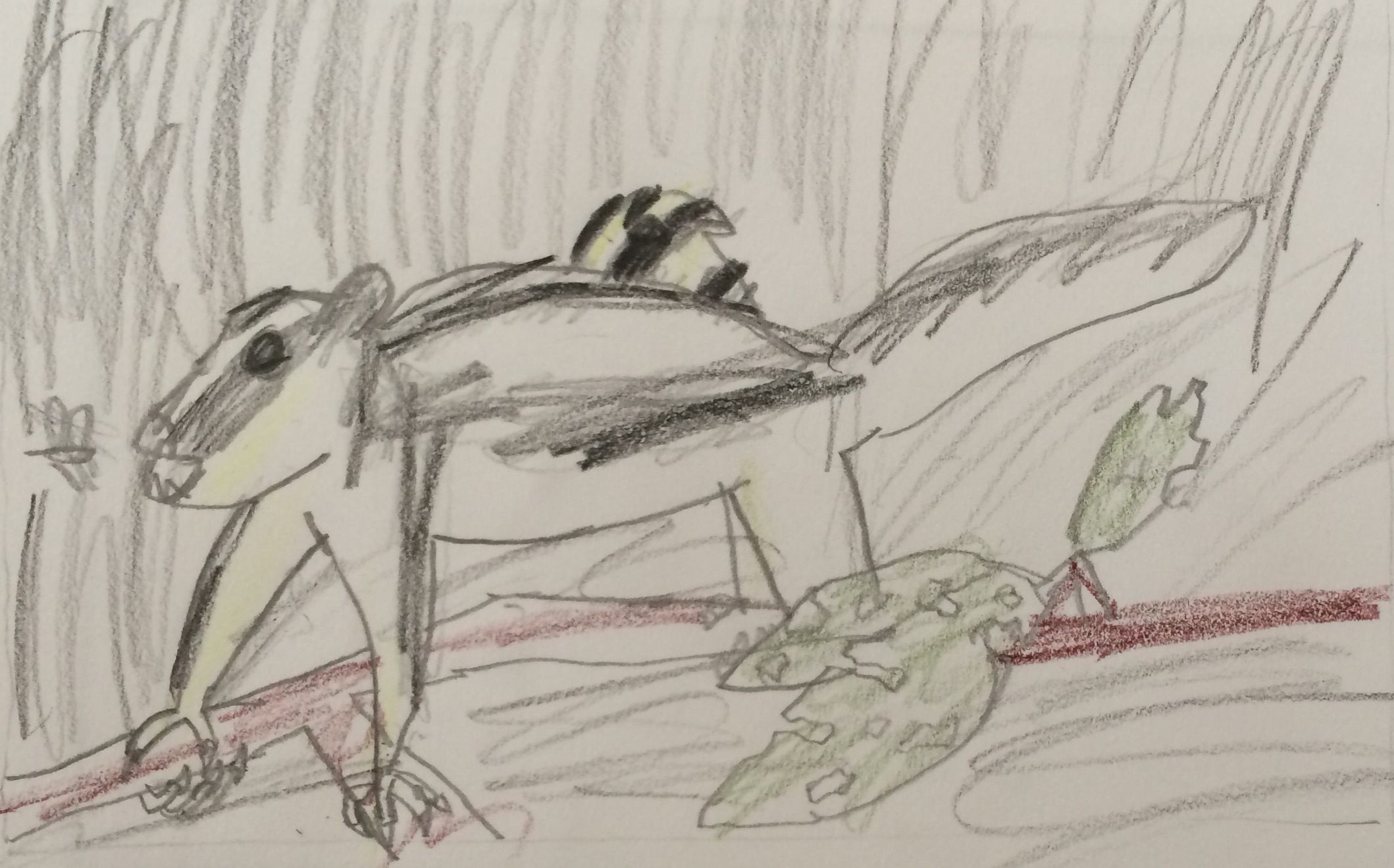
8 POINTS
MOVE: 2
Extracts wood-boring insects from tree trunks with its elongated 4th finger.

Northern Bettong
Bettongia tropica

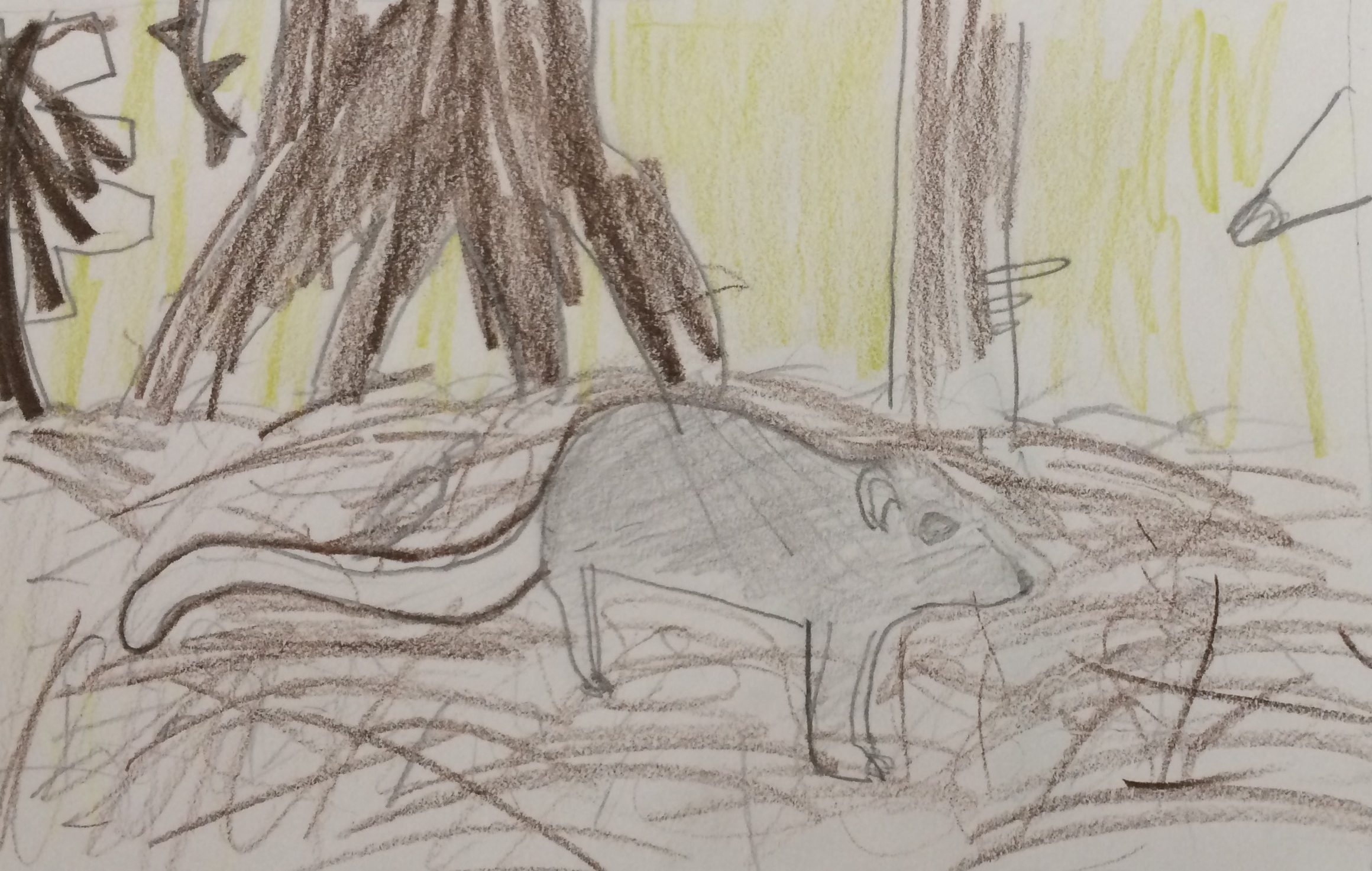
6 POINTS
MOVE: 2
Lives in the dry Eucalypt forests above 400m. It feeds on truffles and grass tubers.

Spotted-Tailed Quoll
Dasyurus maculatus

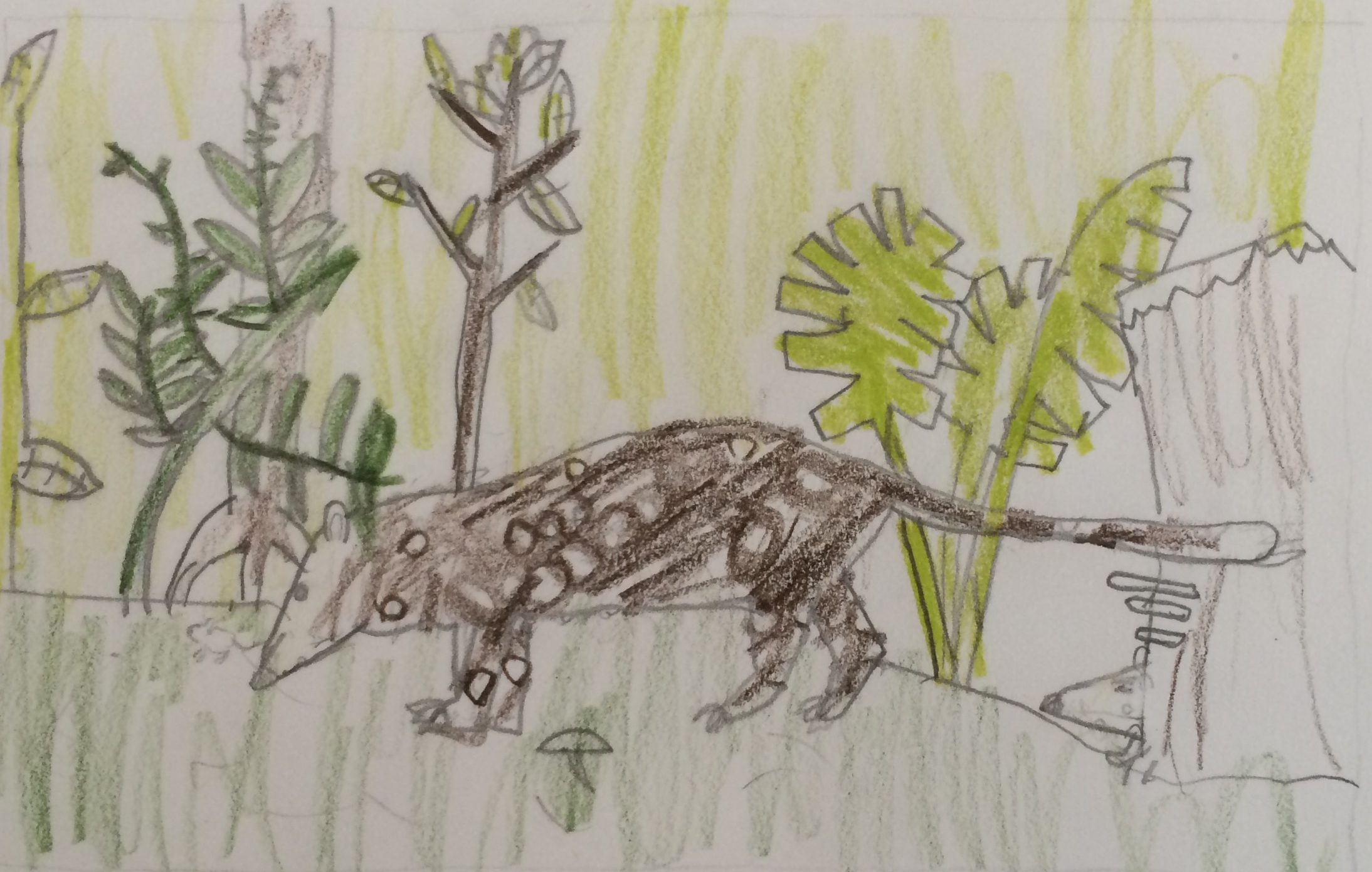
9 POINTS
MOVE: 2
The largest marsupial carnivore spends most of its time on the forest floor.